Outdoor ad-tech leader Broadsign has acquired Place Exchange, one of the largest independent supply-side platforms for programmatic out-of-home media. The deal was backed by a minority investment from Crestline Investors, bringing together the content-management, ad-serving, and buy-/sell-side capabilities of Broadsign with the advanced programmatic SSP infrastructure and vast inventory network from Place Exchange.
In this latest merger, Broadsign is out to build a more comprehensive, scalable, and efficient DOOH advertising-solutions powerhouse that allows media owners and buyers to plan, buy, sell, and measure OOH ads on one unified global platform.
What’s in the Deal: Key Capabilities and Inventory Boost
- Expanded Inventory & Global Reach: Place Exchange brings its network of DOOH inventory across the United States and abroad into the Broadsign ecosystem. Buyers will now have access to a larger pool of premium, international screens via the Broadsign Platform.
- Parity of Programmatic OOH Workflow with Digital Channels: The combined platform enables planning, targeting, delivery, reporting, and attribution workflows that are on par with those of online, mobile, and digital advertising—making OOH more manageable and comparable to other digital channels.
- Advanced Targeting, Analytics & Measurement Tools: Place Exchange contributes capabilities such as per-screen audience targeting, reach and frequency measurement, dynamic bidding, geospatial targeting, and support for non-traditional OOH formats such as in-store retail media, cinema, and place-based video.
- Improved Demand Access for Publishers and Buyers: Media owners using Broadsign will benefit from even more demand sources, while DSPs and advertisers previously on Place Exchange will gain access to a broader, global inventory base.
With this acquisition, it is estimated that the combined network of Broadsign now covers 1.8 million programmatically transactable screens globally — arguably making it the largest DOOH platform in the world.
Also Read: UNICEPTA Integrates With Microsoft 365 Copilot to Simplify Reputation Intelligence
What It Means for the B2B Marketing & Advertising Industry
This deal is more than consolidation; it represents a significant change in how OOH, particularly DOOH, will be integrated into the wider ad tech and martech ecosystem. Here’s how this could reshape the industry:
DOOH Becomes a First-Class, Programmatic Media Channel
OOH has usually been seen as separate from digital advertising. The new Broadsign + Place Exchange platform changes that. It sees DOOH as a digital channel. It combines SSP and DSP-friendly workflows, programmatic bidding, and cross-channel measurement. This makes it easier for B2B advertisers and agencies to add OOH to their media plans. Now, they can include it with online, mobile, and CTV. Now, OOH can be part of omnichannel campaigns, not just an afterthought.
Better Integration Between DOOH and Digital Campaigns
The integrated platform connects OOH ad buying and measurement with digital workflows. This allows brands to run fully integrated campaigns. DOOH can now complement online ads, mobile, and video. This is crucial for B2B brands targeting busy professionals in places like airports, metro stations, retail spaces, and workplaces. It helps them deliver cohesive messaging across both physical and digital touchpoints.
Scalability, Efficiency, and Transparency to Agencies & Buyers
With Place Exchange’s SSP, DOOH becomes increasingly measurable, predictable, and accountable due to advanced analytics, targeting, and attribution capabilities. This, in turn, gives agencies and buyers greater confidence in their DOOH investments by yielding similar measurability and transparency as digital channels. This makes it easier to scale campaigns across geographies and screen types, lowering operational friction and reducing per-impression friction.
More Revenue Opportunities for Media Owners & Publishers
For media owners-transit networks, retail-center signage operators, retail stores, and public venues-this acquisition opens access to global programmatic demand rather than relying on direct-sold or local buyers. This can greatly increase fill-rates, revenue per screen, and utilization of digital inventory.
DOOH as Part of Martech Stack for Demand Generation & Brand Campaigns
As DOOH becomes increasingly programmatic and data-driven, B2B marketers might start to think of it as just another demand generation channel, much like digital ads, content marketing, or ABM. This now opens possibilities for OOH in support of brand awareness, product launches, geo-targeted local promotions, and the amplification of broader campaigns with better data, targeting, and reporting support.
Strategic Implications & Challenges to Watch
- Creative & Attribution Complexity: Whereas programmatic workflows streamline buying, agencies and advertisers will still have to adjust creatives-different screen sizes, message lengths, and measurement logic-around how DOOH exposure drives digital conversions.
- Data & Frequency Management: As DOOH becomes more programmatic, frequency capping, audience overlap, and cross-channel attribution will need robust data hygiene and smart measurement strategies.
- Market Education & Adoption: Most advertisers are still unfamiliar with programmatic OOH. Agencies and media buyers will need to be educated about DOOH’s new capabilities – and encouraged to include it in integrated media plans.
- Infrastructure & Operations: Integration of its current signage infrastructure with programmatic SSP and ad-tech stack might require investments by media owners to enable dynamic/real-time ad delivery, reporting, and measurement.
What This Means for Businesses: Brands, Agencies, Media Owners
- Brands & Advertisers: Especially B2B brands seeking high-impact visibility, such as at airports, transit hubs, and retail centers, this acquisition will present an opportunity to include DOOH in the media mix for the capture of audiences beyond the digital screen while maintaining measurability and scale.
- Agencies & Media Buyers: Agencies have a richer toolset to offer their clients: global DOOH reach, programmatic buying, cross-channel integration, and data-driven measurement. This makes the campaigns more holistic and impactful.
- Publishers & Media Owners: The operators of signage, retail networks, and transit authorities stand to monetize their inventory more efficiently and access global programmatic demand to drive up fill rates and revenue per screen.
- Ad-Tech & Martech Providers: The consolidation under Broadsign might spur additional evolution of ad-tech platforms and integrations; this could set a new bar for DOOH capabilities and interoperability.
Conclusion
The sale of Place Exchange to Broadsign is a landmark moment in the consolidation of the DOOH ecosystem – creating what many believe could be the most complete, global, programmatic OOH platform to date. For the B2B marketing and advertising industry, this move elevates DOOH from a niche or traditional medium to a full-fledged, first-class programmatic channel — capable of integrating with digital workflows, offering scale and global reach, and delivering measurable, data-driven outcomes. As agencies, advertisers, and media owners move to embrace this new reality, DOOH may well become a potent, scalable, and strategic element in omnichannel marketing campaigns-especially for brands that aim to combine digital precision with the effect of real-world visibility.
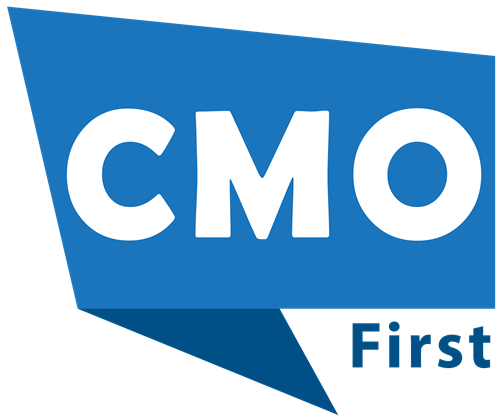





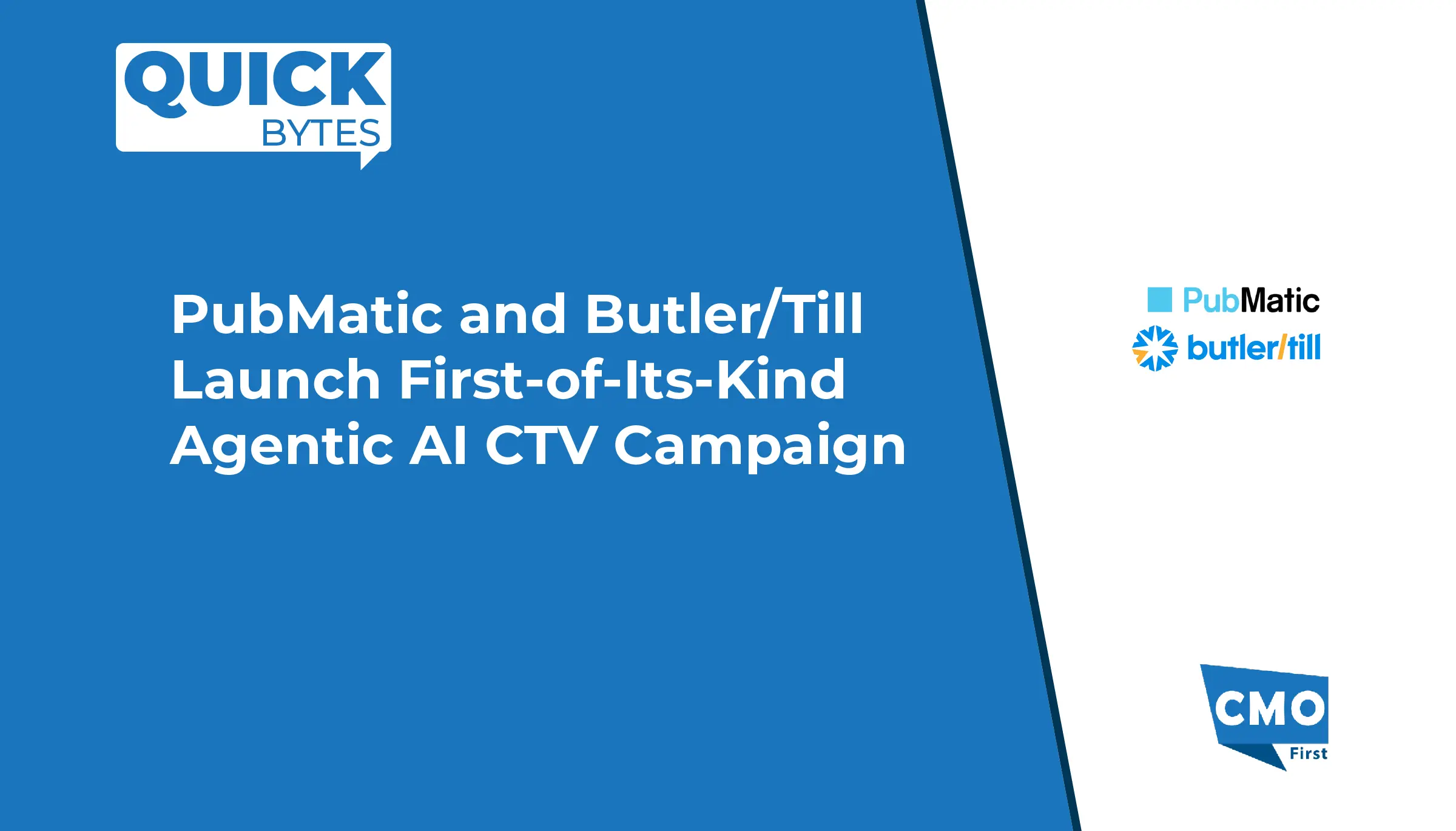
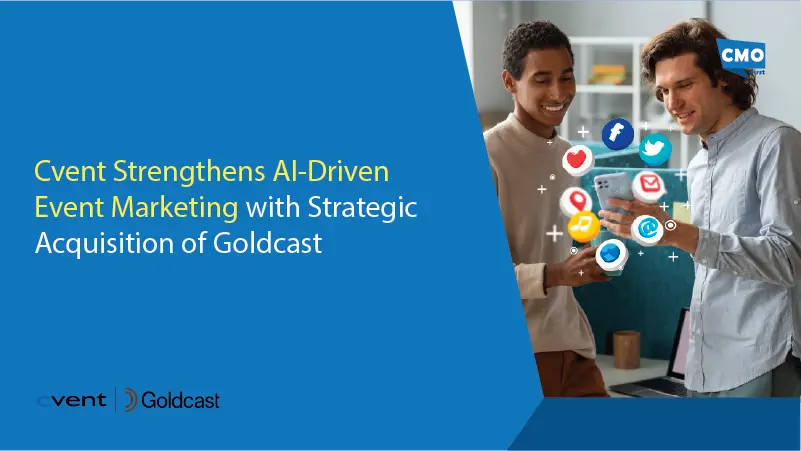
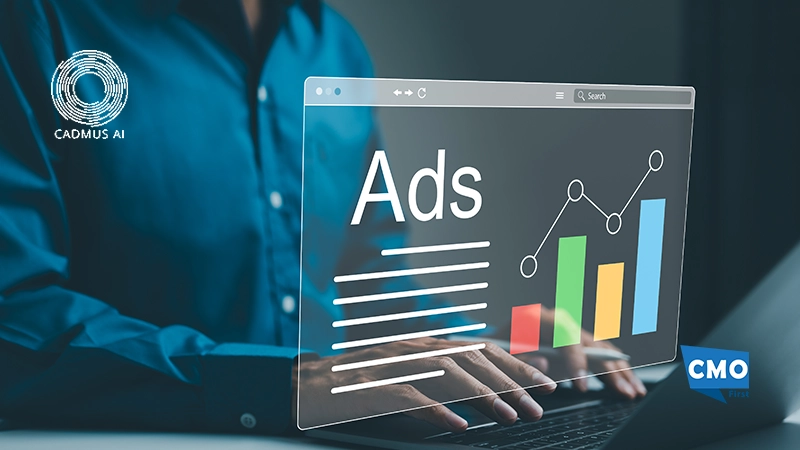



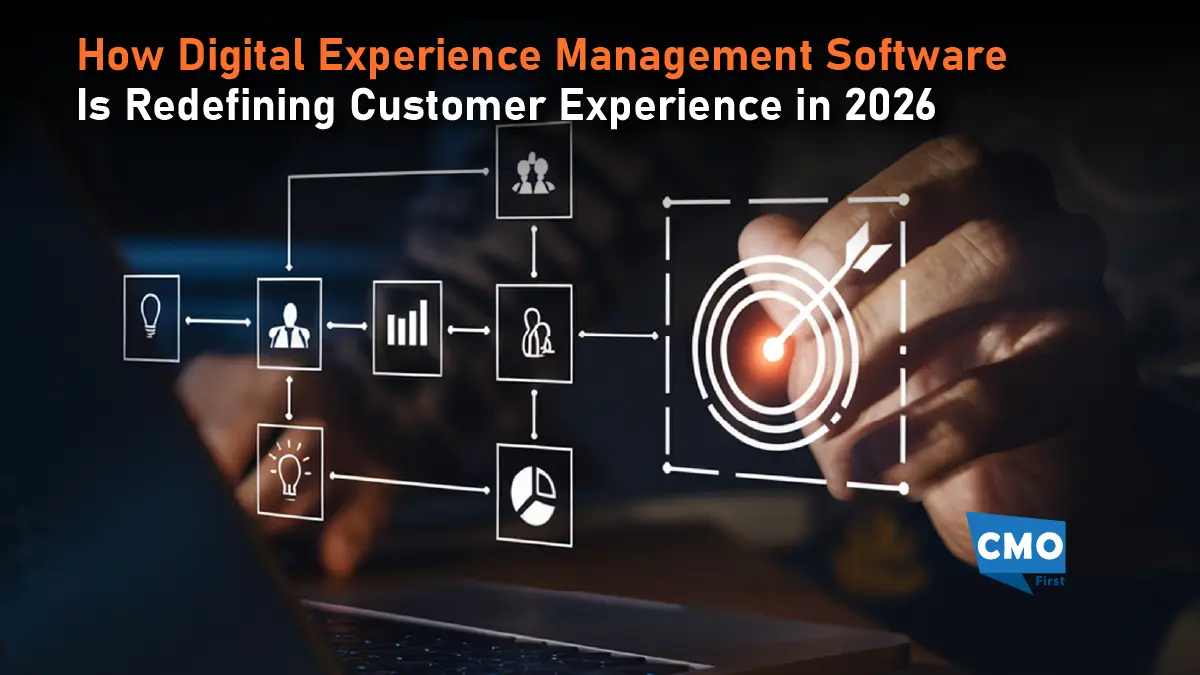

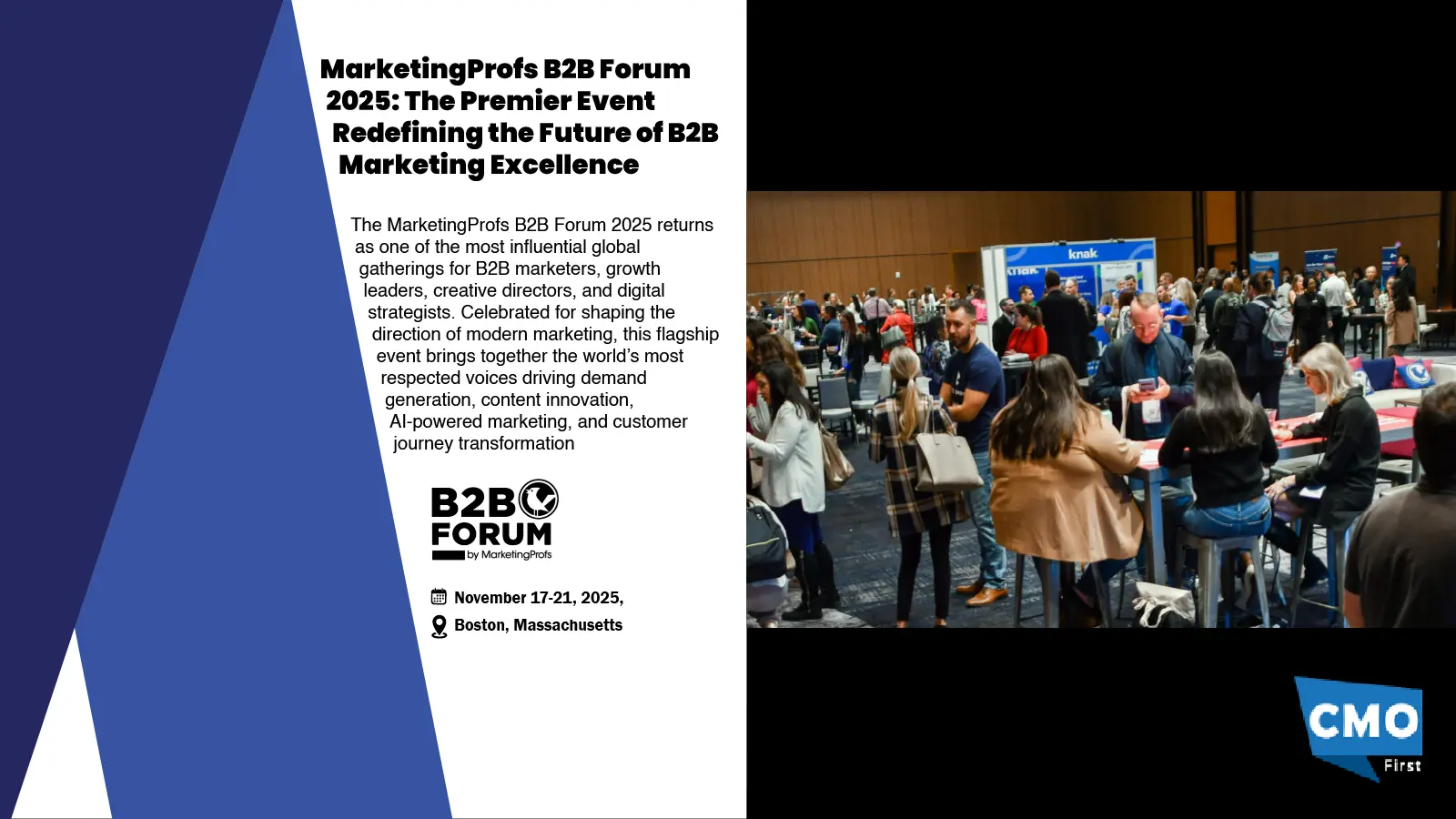

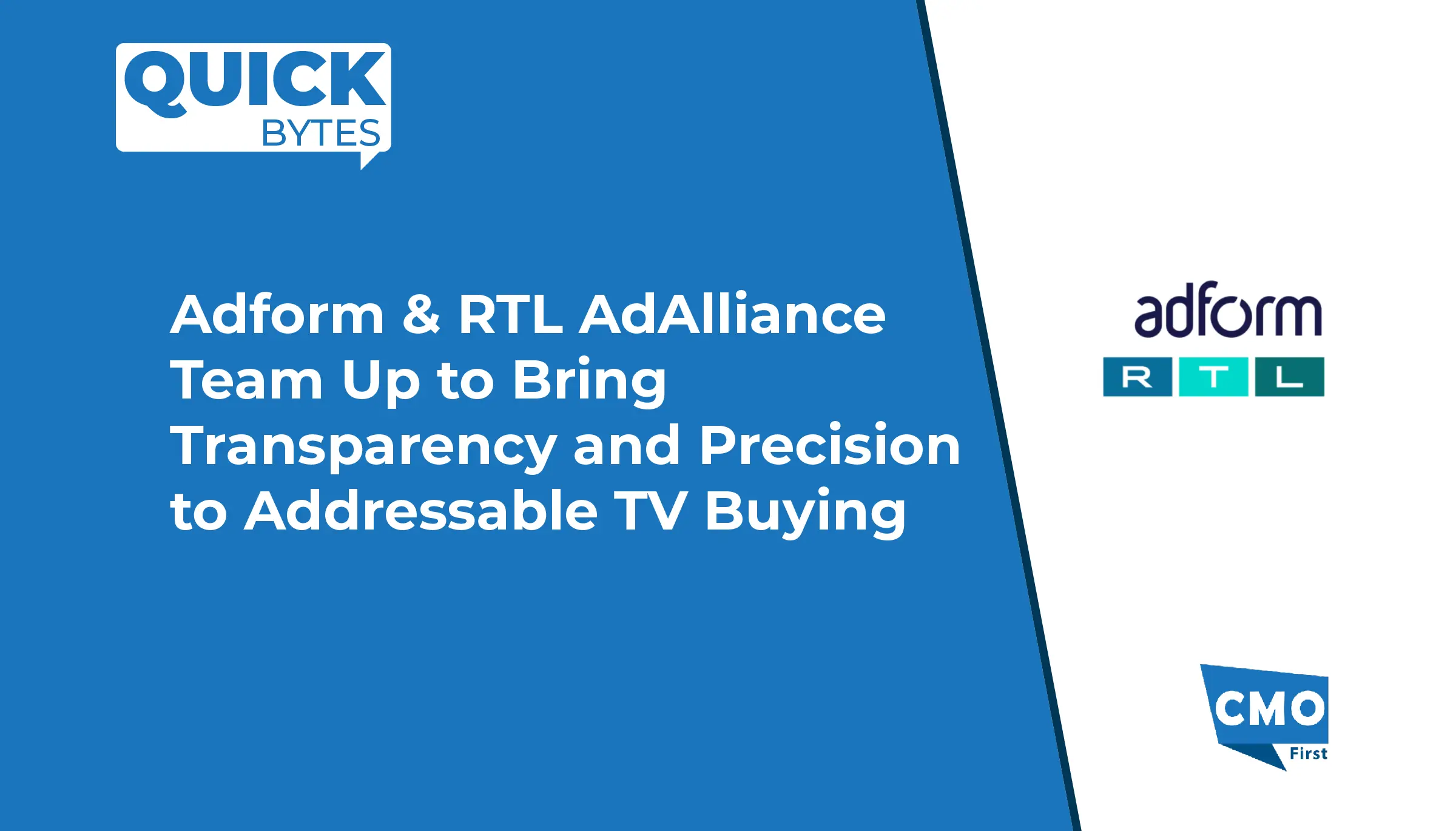
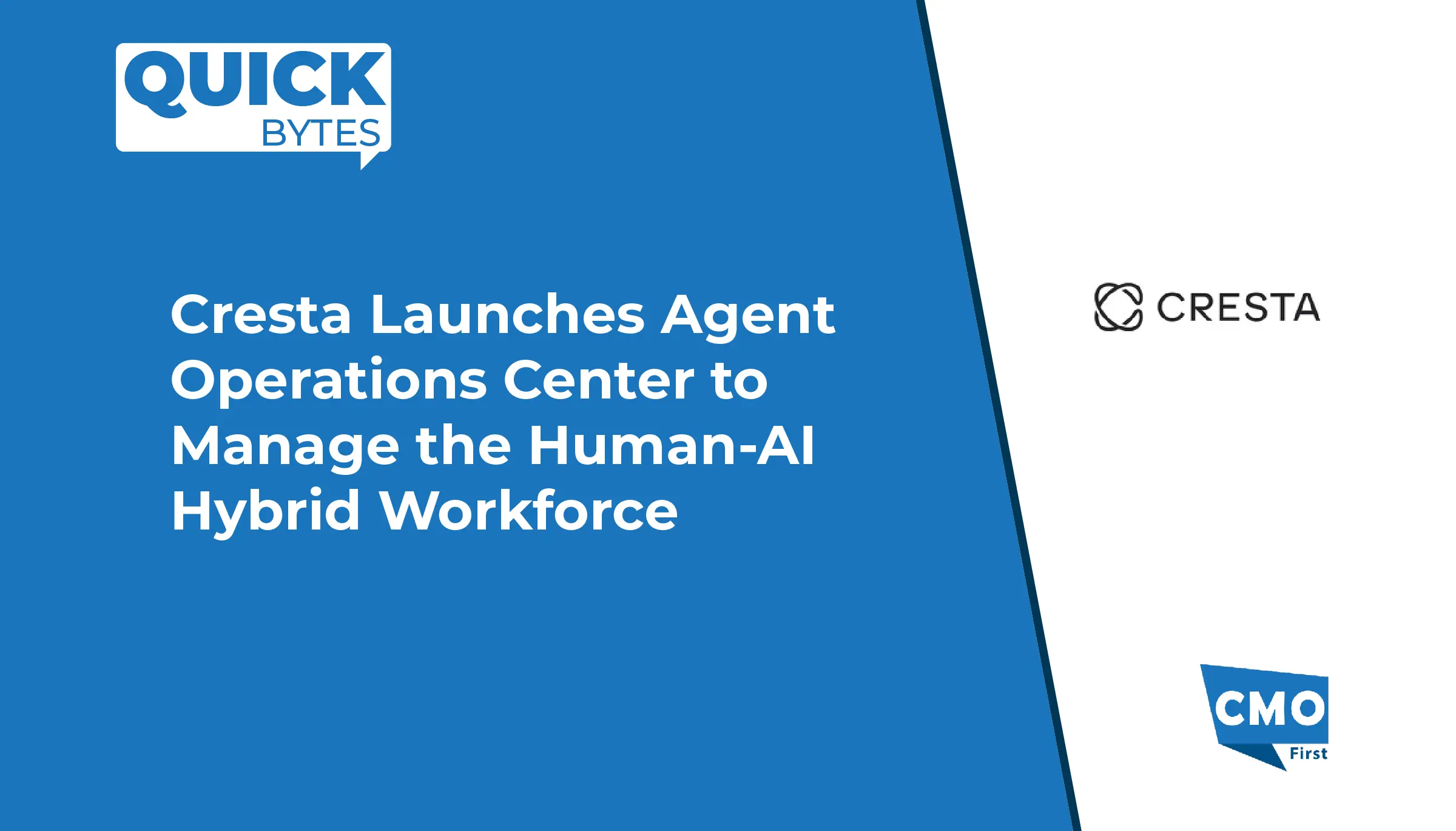
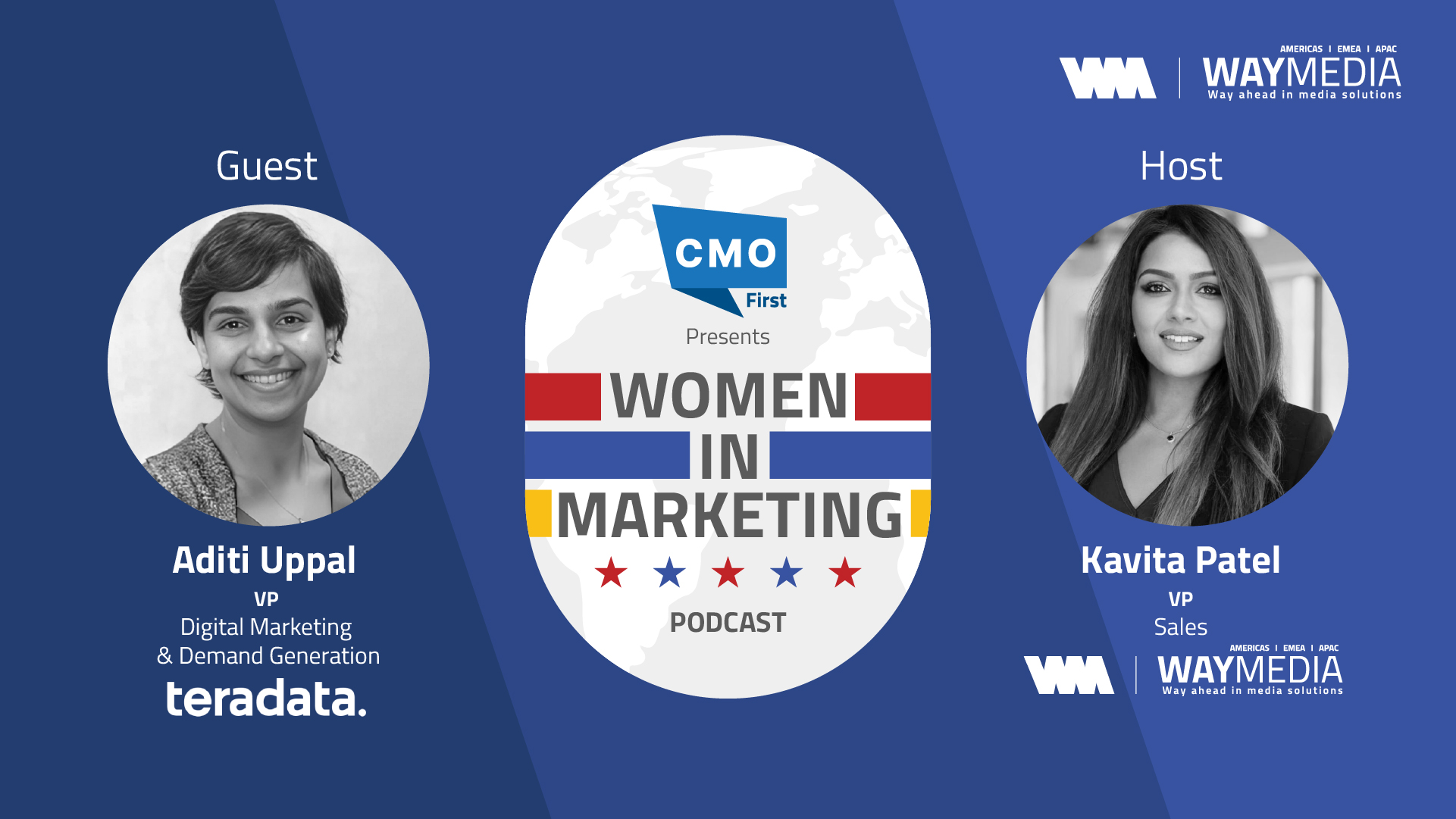



Leave a Reply